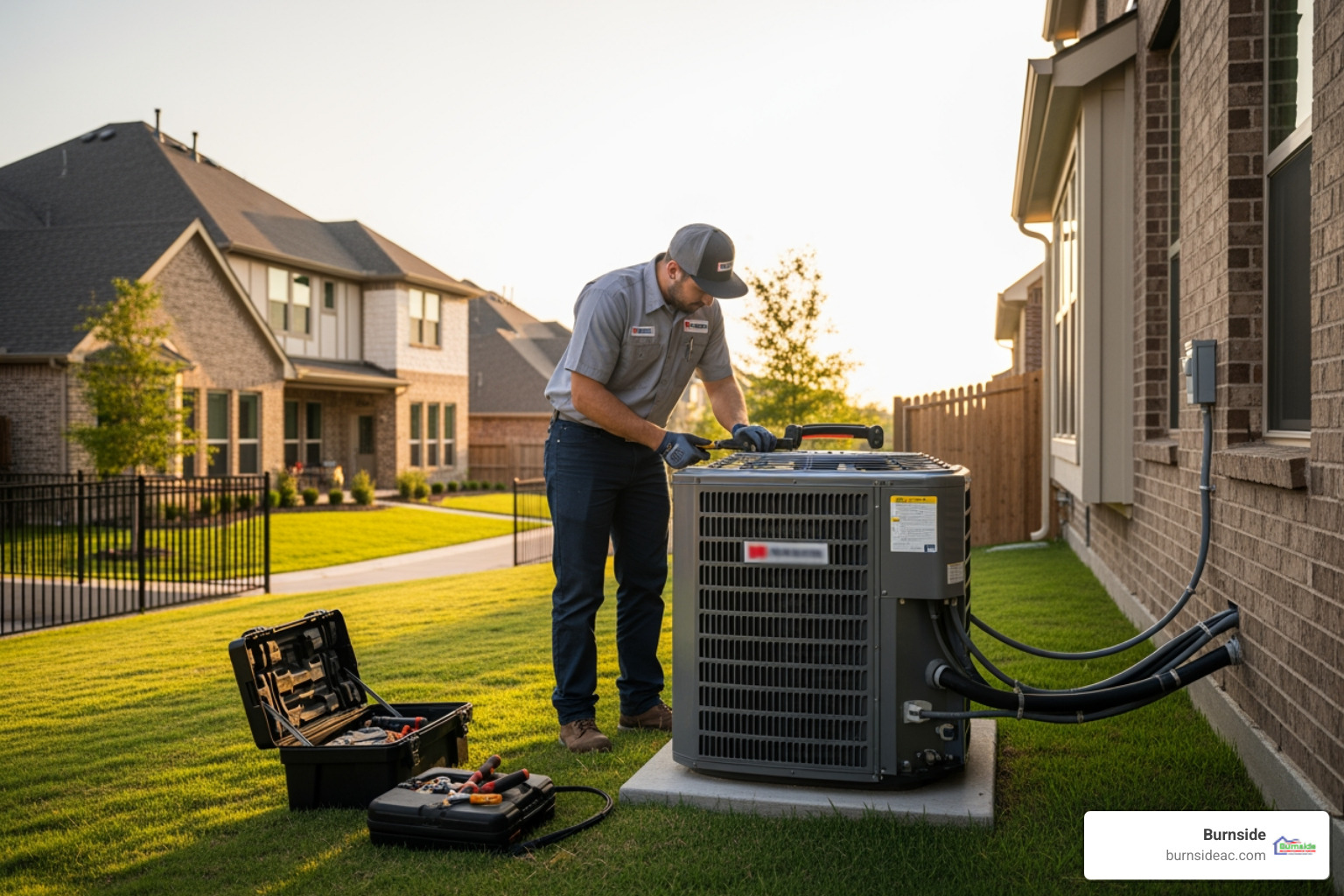When’s the last time you took a moment to think about the inner workings and nuances of your heating system? Maybe it’s when you last needed repairs, or perhaps it was that one time you heard a strange rattling coming from your system.
Being aware of how your heating system works, what components are used, and even where the heating vents are located, can help you be prepared to take better care of it when the time comes for repairs or improvements.
Which Distribution System do You Have?
Different heating units require different needs when it comes time to have them serviced. Below are some of the most common units that homeowners through the United States tend to have.

Being well informed on your own heating system can help you identify problems sooner, and, therefore, identify solutions faster.
Want to Control The Air Flow in a Room? Don’t Close Vents!

If you have a whole-home heater and a room you barely use receiving that heat, you might figure the best way to improve energy expenditure would be to close the vent in that room to allow the rest of the home to be more efficiently heated.
While closing the vent in a particular way may seem like the best option for decreasing the air flow in that room, doing this may actually cause more problems in the long run. The room in your home have supply and return vents. Closing the supply vent (the return vent cannot be closed) in a room will create pressure because then the return vent will need to pull air from any source.
This means that you’ll actually be spending more energy and more money because the return vent will need to work harder to pull it from sources like windows or doors. The ideal way to have better-controlled air flow in a room would be to invest in a system such as a mini-split that would let you control the air in individual rooms.
Looking to Save Money on Your Heating Costs?
Make use of these tips and you won’t find yourself staring at ridiculously high numbers when your energy bill comes around this winter!

- Change Your Filter Often: Dirty filter means higher bills! Make sure you keep a new, clean filter in your system regularly so you don’t hamper the efficiency.
- Put Your Ceiling Fans in Reverse: Because cold air rises, putting your ceiling fan to work in reverse will push the hot air right back down. This will relieve your thermostat from working so hard. Speaking of which…
- Turn Down the Thermostat: If you’re going out or even going to sleep, it’s a good idea to turn the thermostat down by just a couple degrees. You likely won’t feel any discomfort while you sleep with plenty of bedding, and your wallet will thank you for it.
- Get an Energy Audit: Have a tech inspect your home to see where your current energy efficiency is at, and how you can improve it!
- Get a Heater Tune Up: Have a pro head to your home and give your system a quick tune-up to keep it working efficiently this winter.
Make Sure You’re Prepared This Winter!
Winter is a beautiful time of year, but if you’re sitting on expensive energy bills or wallowing in discomfort in your home, it can sour the holidays. Make sure you stay on top of your heating system so you can enjoy this season in comfort! Share this post with your friends so their home will be as comfortable as your when you visit!












.webp)